All planned structures will be open and constructed with bamboo. Neither concrete nor brick, and absolutely no digging and deforming of land. The structures will be built on poles. Cutting down trees will be avoided.
After a consultation with Emerhub (a market entry services company), we decided to start a PT PMA in the Sector Villa. This sector is 100% open to foreign investment and allows us to obtain a KITAS and working permit for every foreigner of the board. This is not possible in a PT local but requires an investment plan of at least IDR 10 Billion.
Emerhub will manage all the licenses and permits except the local permits. For the local permits Devie Akulain from Nemberala (who has a lot of experience) will be responsible.
This stage constitutes building the first few structures that incorporate a big open bamboo pavilion with a reception, a classroom, a sheltered place to eat, one bungalow and a few yurts.
The first structures will be on the eastern part of Lemaina Island, sheltered from the wind and waves.
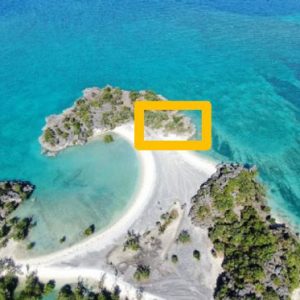
In our opinion the best way to visualize a bamboo building is by making models with bamboo sticks. The models are made in a scale of 1:50, so it is possible to measure every distance within the model. It is also very practically when making mass calculations, structural engineering and at the construction site.
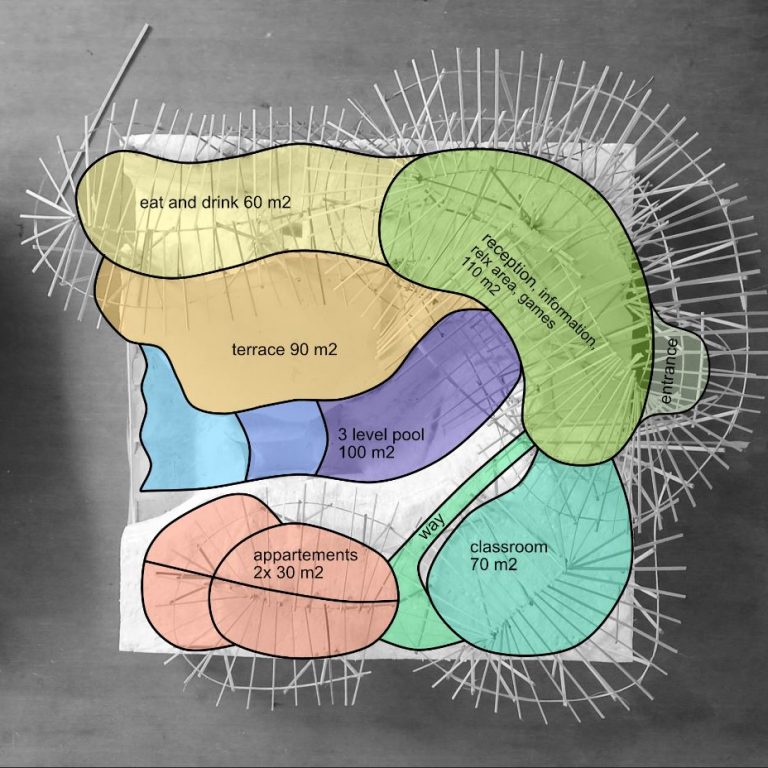
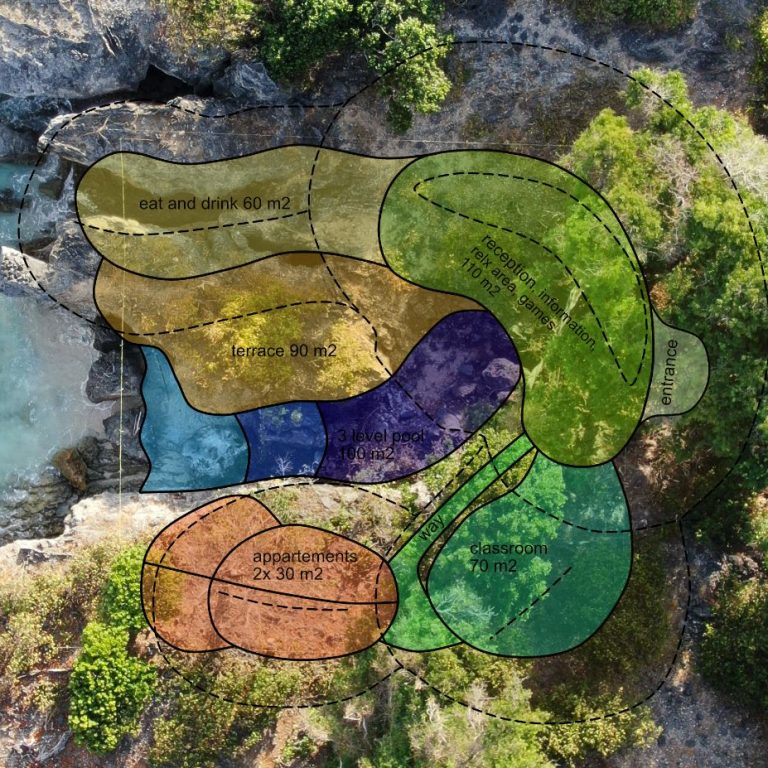
Ground Floor
The goal is to construct an outstanding place for holidays. The ground floor consists of an information area, gaming area, terrace, bar, dining area and drinking lounge, a 3-level pool, reception, classroom and two apartments with a total area of 500 m2. The open structure is constructed 100% with bamboo, and the pools with natural stone.
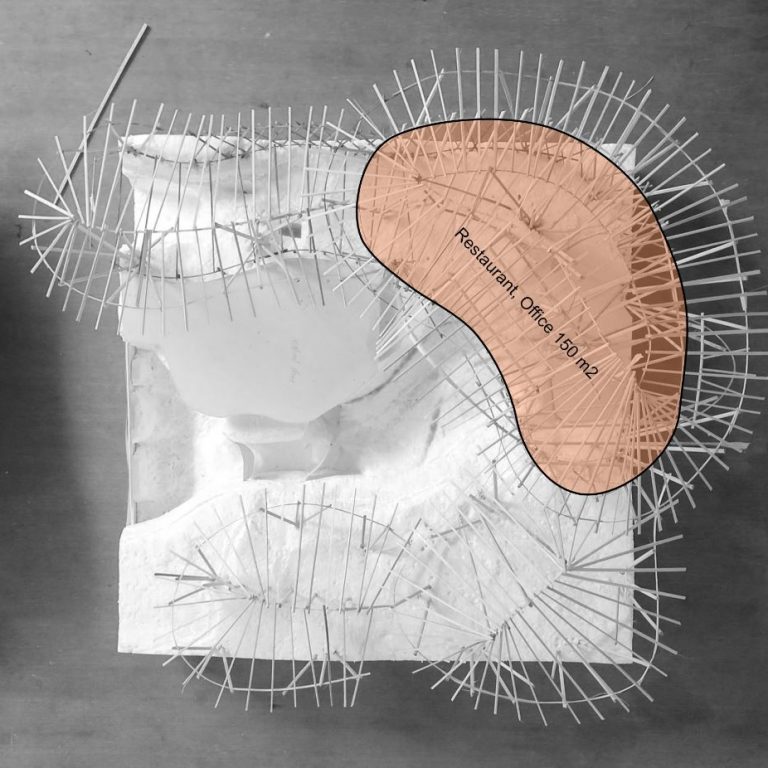
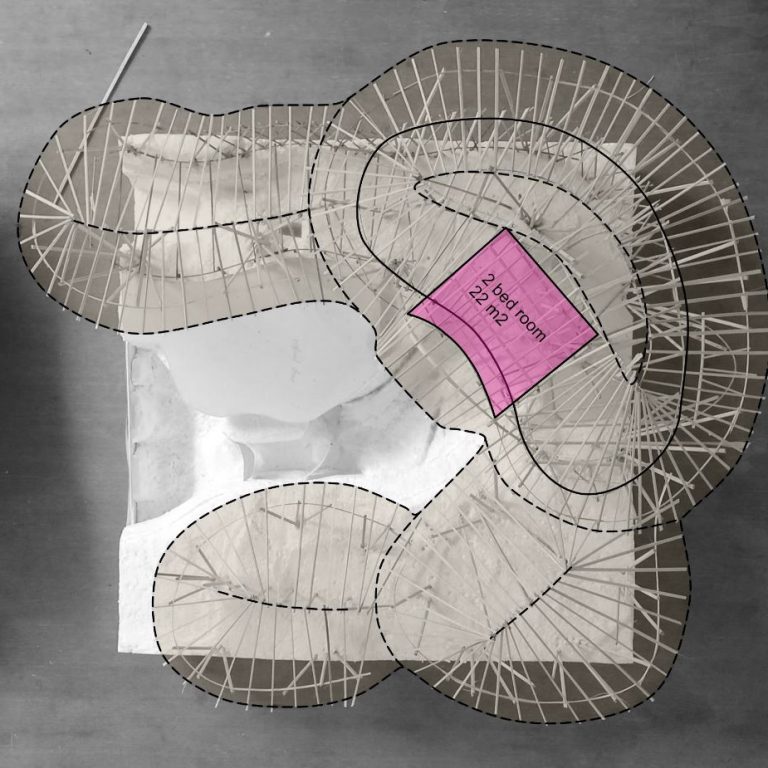
On the second floor we planned an office and another dining and relaxation area. The area is 150 m2. The third floor contains a small room with an area of 22 m2 with a double bed and amazing view.


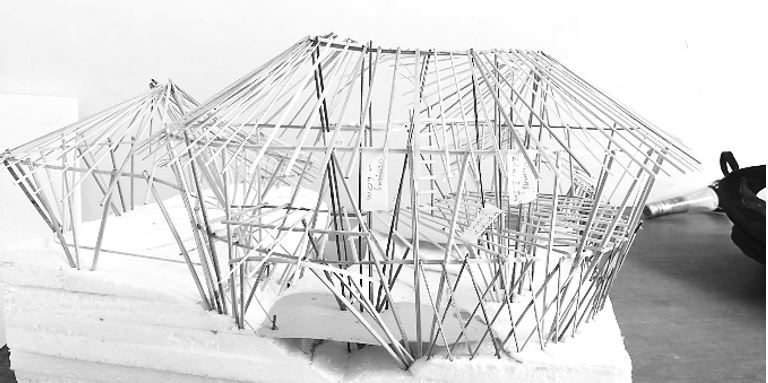
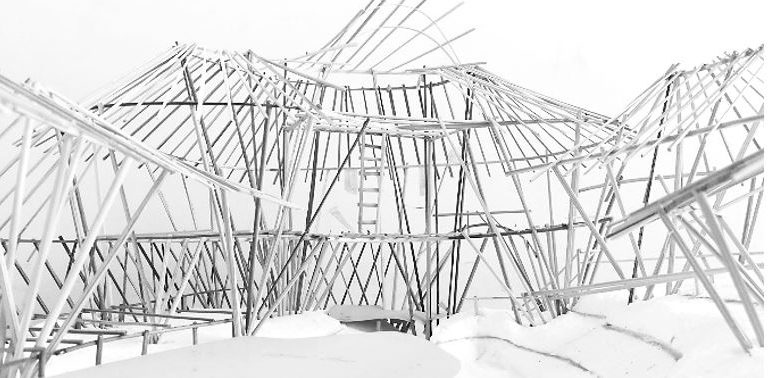
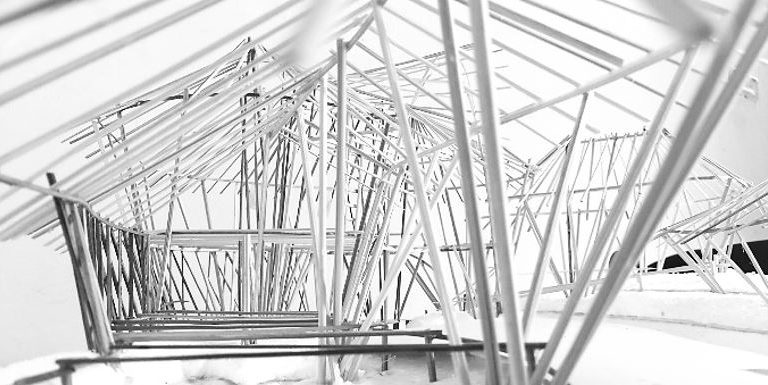
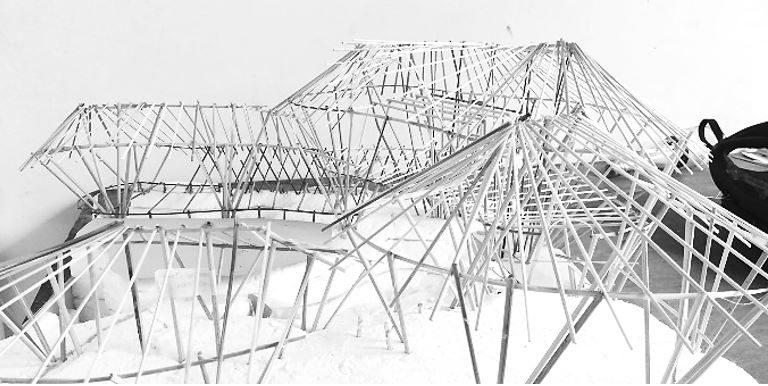
The Yurts
The small tents called yurts will serve as an easy way to shelter people. They are really cost effective and fast to build. Therefore, they will be used extensively during the construction period to house workers, locals and directors alike. We plan to keep using them as well as a simple accommodation for adventure tourists in the low-price sector, especially within the first three years, when housing space is still limited. They can also help us for events that need temporarily more beds than available in the main building, especially during the first years.

We want to build strictly with bamboo. It is one of the most sustainable building materials. Tourists are always impressed when they see the big bamboo villas.
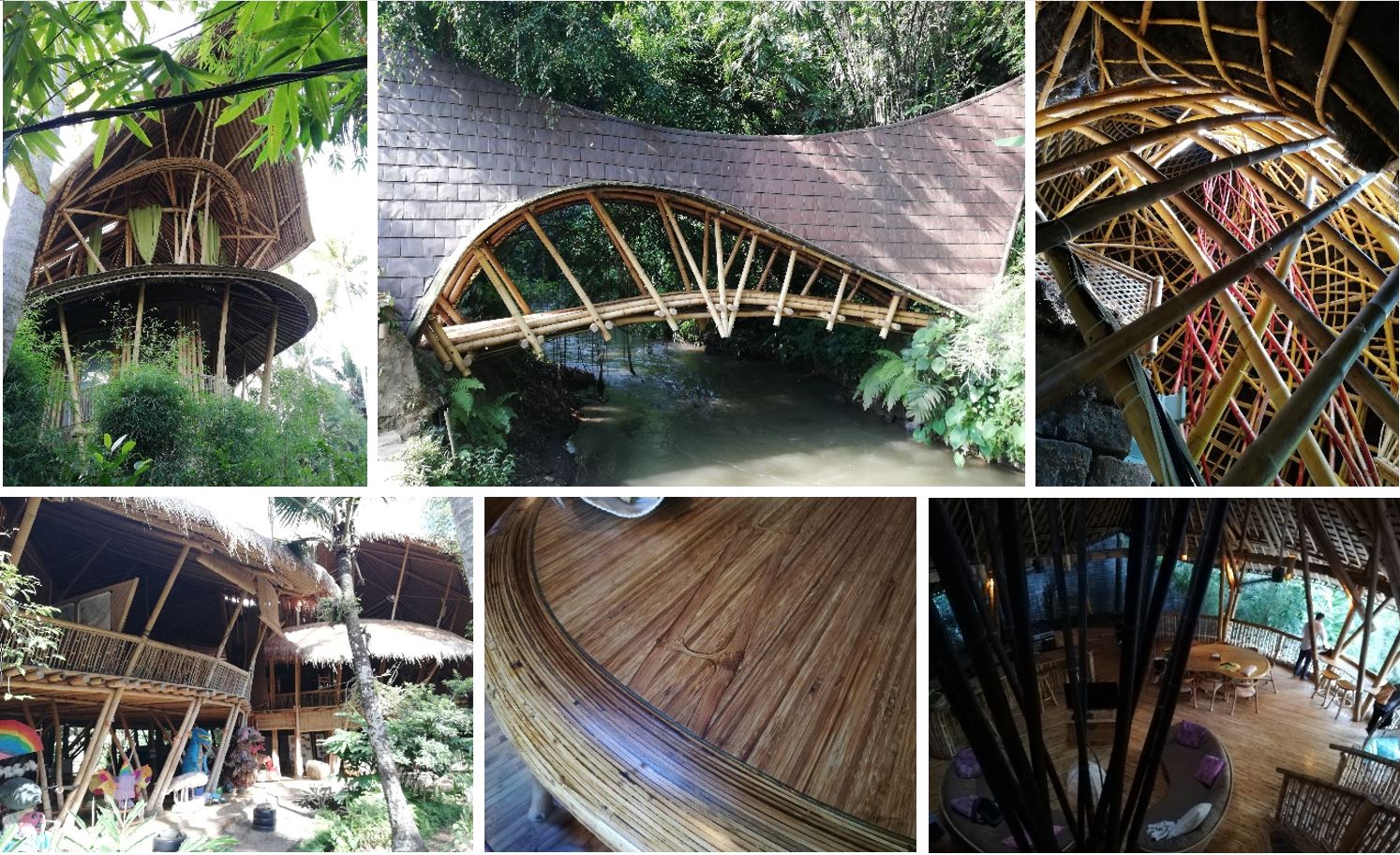
Emmanuel and Dario accomplished an 11-day intensive bamboo course in Bali, where they learned from the most experienced bamboo designers, architects, engineers and craftsmen, the founders of Green School, Green Village, Kul-Kul Farm and Indo Bamboo.
During this period, strong connections were made, and some of them already confirmed their support for the project. High quality bamboo will be acquired from Arief, CEO of Indo Bamboo in Flores. Also, we are in touch with contractor’s working and building for IBUKU, the leading bamboo construction company of Indonesia.
For the roofs we will use “alang-alang” from Rote since there is enough local supply.
The region of Mulut Seribu (Indonesia), with its beautiful landscapes, lagoons, and proximity to the Ocean offers one of the best tourist destinations in the world. The hospitable nature of the population complements the attractiveness of the region. The growing need for Eco-Tourism, the desire of the local population to collaborate in the development and sustainable growth of the region and great love and friendship between the prospective investors and the population of Rote Island have given birth to the project Lemaina.